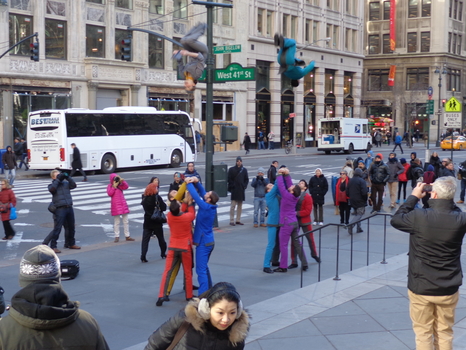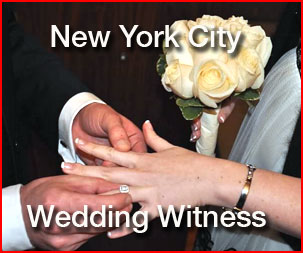If you’re a New York landlord, you likely believe that your lease agreement is the law when it comes to your properties. But, if your tenant violates the rules of that document, you can’t just throw them out. New York evictions can occur as a result of a lease violation, but there is a process that must be followed to the letter.
Failure to follow proper eviction procedure could have dire consequences for a landlord, up to and including paying damages to their tenant.
What is the proper procedure to follow if your tenant has violated their lease agreement?
Step 1: Notice to Cure
Let’s say you have a strict no pets policy for your building and one day you discover that one of your tenants has a dog. This is a direct violation of the lease agreement and as the landlord you have the right to flex your legal muscles.
But you cannot take eviction actions yet.
The first step in responding to a lease violation is to serve your tenant with a notice to cure. This is an official statement notifying the tenant of the breach. You must give them 10 days to fix the problem. If the tenant corrects the issue, they can stay.
In the case of our earlier example, a tenant that has a dog in violation of their lease would have 10 days to relocate the animal. Failure to do so would escalate this process to the next level.
2. Notice of Termination
At this stage you’ve given your tenant the chance to correct their violation and they’ve made no action toward curing the offense. But still, the eviction process cannot begin.
You have to serve them with a Notice of Termination first. According to page eight of the New York Court System’s Landlords and Owners Guide, this document ends the tenancy and gives the tenant 30 days to vacate the premises.
A Notice of Termination must include the reason, the date that they must vacate by, and notice that an eviction case will be started if they fail to comply. The last day in the notice must also be the final day of a rental period. If a tenant pays on the fourth of every month, they should be out of the unit by the third.
3. Eviction Lawsuit
If the time period specified in the Notice of Termination expires and the tenant is still present, then eviction proceedings can begin. The landlord must first go to court and file the necessary paperwork to begin the lawsuit. From there, a sheriff will be ordered to evict the tenant on a certain date.
The tenant can continue to live in the unit until they are removed by the sheriff, but they still owe the agreed upon rent for the entire length of their stay.
Conclusion
The New York eviction process is long and tiresome, with many legal loopholes that tenants can exploit. That’s why it’s important for a landlord to have the best real estate attorney possible to ensure that there is no wiggle room. Before you take your tenants to court for an eviction, make sure you have a respectable law firm like Adam Leitman Bailey, P.C. by your side.











